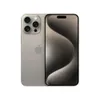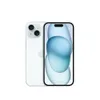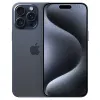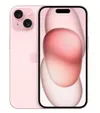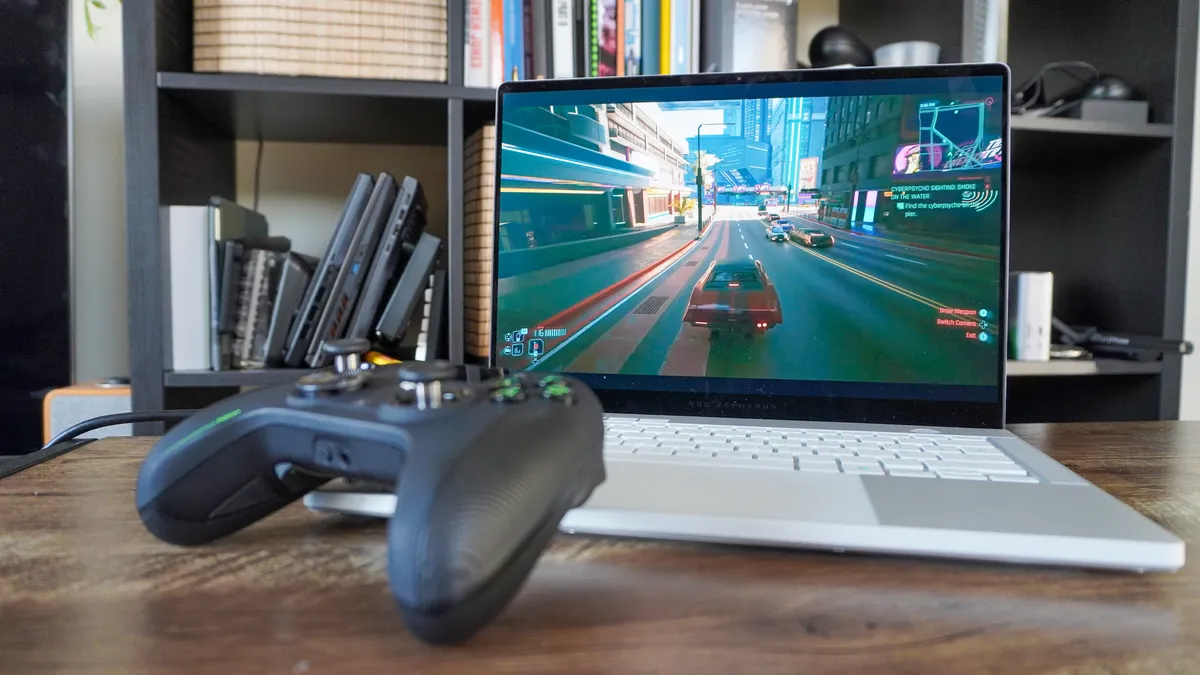iOS 18 AI should shake up Apple's iPhone lineup — here's how
Apple needs to keep these iPhones around
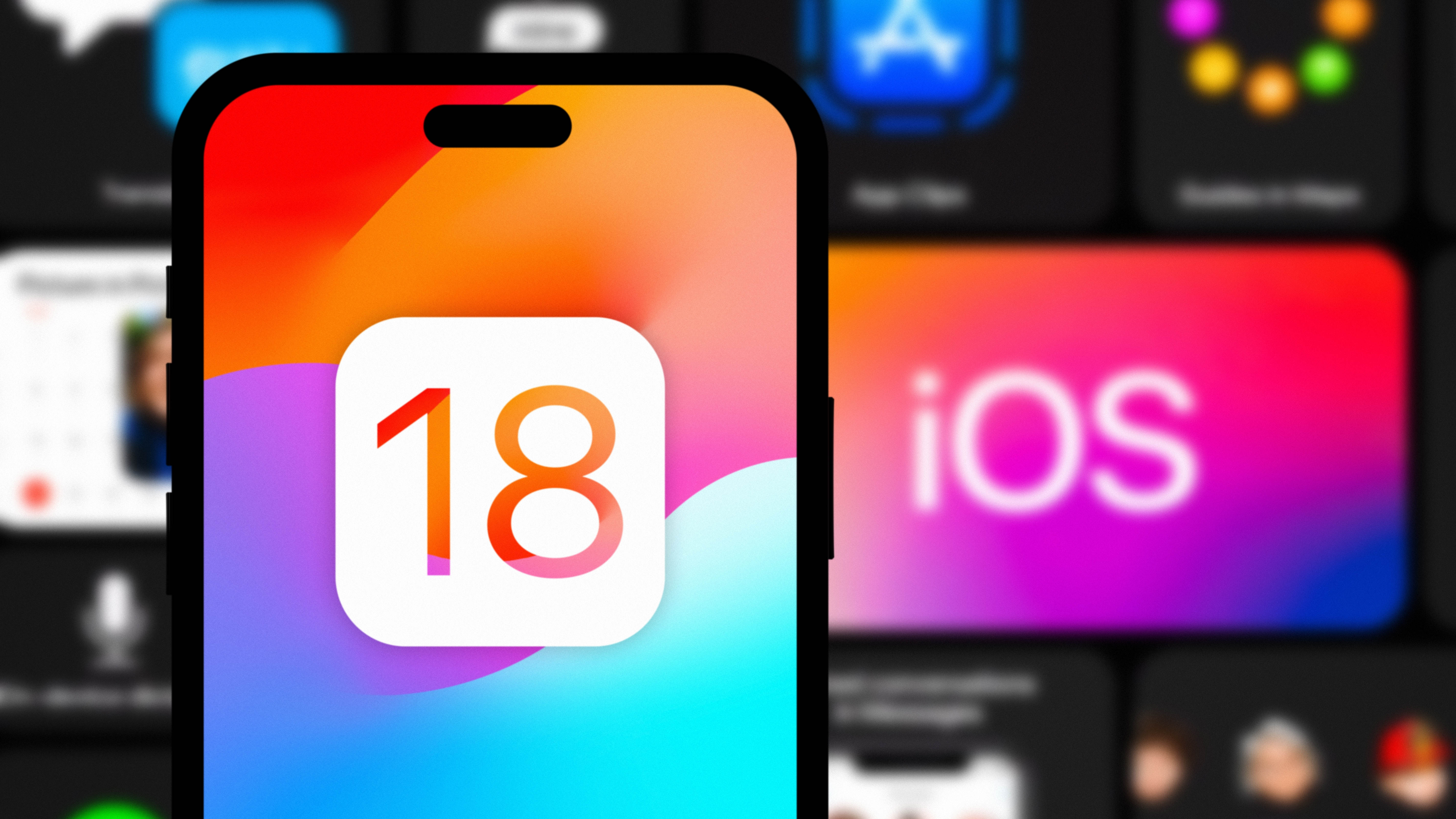
Every fall, the lineup of best iPhones gets reshuffled, as Apple introduces new models, marks down some existing phones and discontinues others. Look for that to happen again this year when the new iPhone 16 models arrive, and Apple decides which current devices will stay and which it will drop.
But things are a little bit different this year, thanks to the upcoming iOS 18 update. We're all well aware of the likelihood that Apple's software update is going to lean in heavily on adding new features powered by artificial intelligence. More recently, it's become clear that some current iPhones won't be able to run those features unless they can offload them to cloud. Or that's what the rumors are suggesting, at any rate.
If that's true — that some iPhones currently on sale simply don't have the processing power to support on-device AI capabilities — it seems like Apple needs to rethink how it decides which iPhones remain part of its lineup after the new models launch. That way, it can ensure that most of the devices on sale are offering the best iOS 18 experience with on-device AI.
How Apple rearranges its iPhone lineup
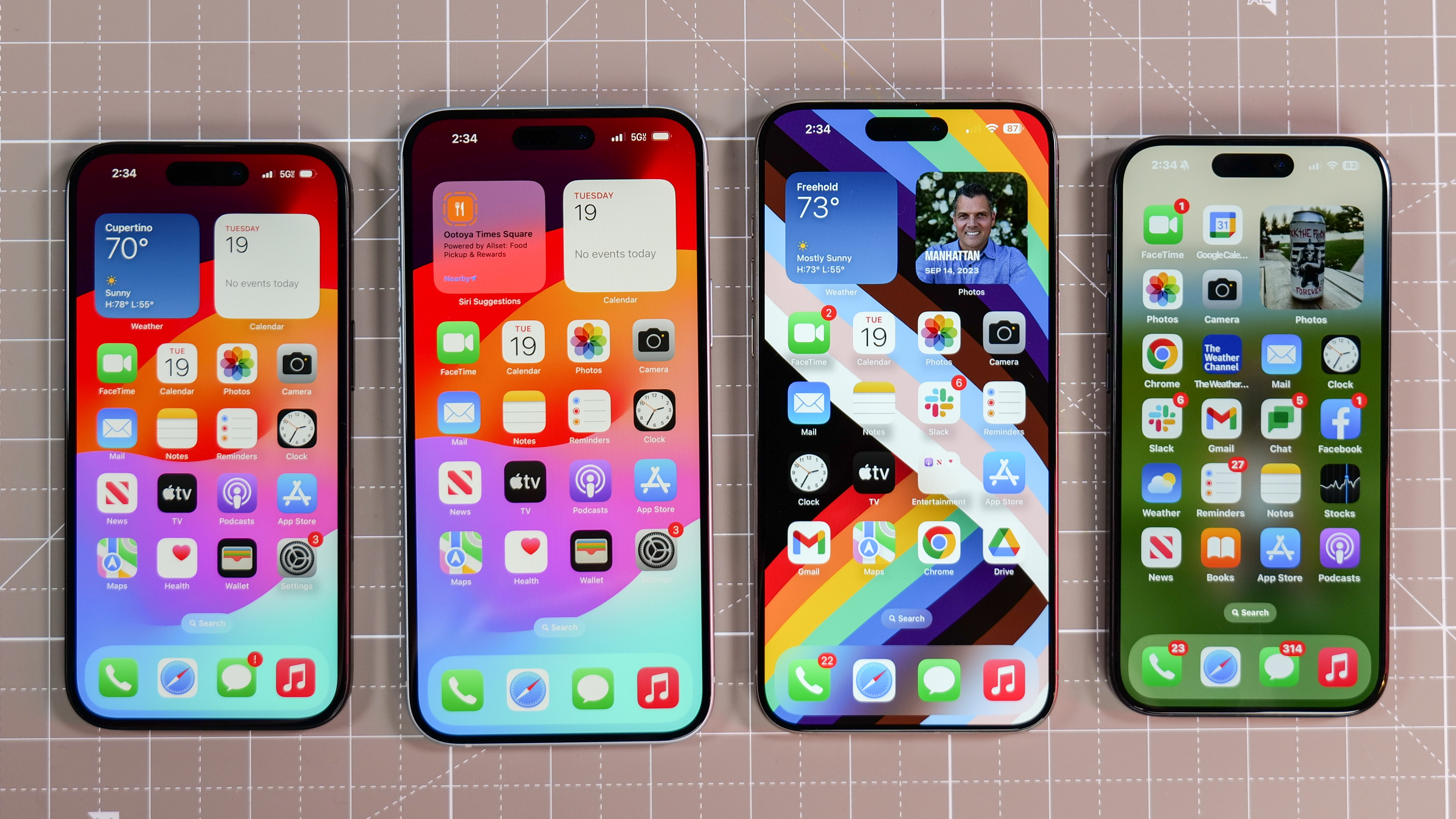
For all its secrecy, Apple is a creature of habit, and it's pretty easy to guess what the company will do once the iPhone 16 models go on sale. Past iPhone releases have seen Apple continue to sell the base model iPhone, but at a reduced price. It usually keeps one other model around — the mini, back when Apple sold compact iPhones, and the Plus these days. At the same time, the Pro models get dropped from the lineup entirely, and Apple also stops selling phones that are more than two years old. Any remaining models see their prices drop by $100 or so, as well.
Let's consider the current iPhone lineup — four different iPhone 15 models, the iPhone 14 and iPhone 14 Plus, the iPhone 13 and the iPhone SE (2022) — and how that's likely to look once the new iPhones arrive in the fall, based on Apple's usual method of recalibrating its lineup. We're expect four models to show up in the fall — the iPhone 16, iPhone 16 Plus, iPhone 16 Pro and iPhone 16 Pro Max. (For the purposes of this exercise, we're going to assume that the iPhone 16 Ultra is a no-show — a safe assumption given the lack of recent rumors surrounding that mythical model.)
If Apple treats the iPhone 16 launch as business as usual, you'd expect the iPhone 15 and iPhone 15 Plus to stick around, with $100 knocked off their respective price tags. Similarly, the iPhone 14 would likely get its own price cut, while the iPhone 13 would drop out of the lineup entirely. The fate of the iPhone 14 Plus would be less clear, though Apple stopped selling the iPhone 13 mini after keeping it around for an additional year, so you would imagine the same thing might happen to the Plus. As for the current iPhone SE, well, we're stuck with that until the iPhone SE 4 eventually arrives.
That's the re-imagined iPhone lineup we'd normally expect — four new iPhone 16 models, joined by a marked-down iPhone 15 and iPhone 15 Plus, the iPhone 14 and the iPhone SE bringing up the rear. But the prospect of iOS 18 changes things quite considerably.
Get instant access to breaking news, the hottest reviews, great deals and helpful tips.
Why iOS 18 is different

iOS 18 will likely arrive just ahead of the iPhone 16 launch, though we are getting a preview of the software update next week at WWDC 2024. As noted above, there will be plenty of AI features added to iOS 18. But, according to reports, only some of those features will be able to run on every available device.
In a perfect world, every feature would run directly on your iPhone. For one thing, it keeps your information secure since it never leaves your phone. For another, it's faster, since you're not uploading queries to a cloud-based server and then waiting for responses to get back to your device. It's been widely reported that Apple prefers on-device capabilities to ones that require the cloud.
What Apple prefers and what's possible on older devices, though, are two entirely different things. Reports claim that many older iPhones lack the processing oomph to handle the on-device features Apple is cooking up. Specifically, you'd need an iPhone with an A17 Pro chipset or later. Among currently available iPhones, that means just the iPhone 15 Pro and iPhone 15 Pro Max. All the new iPhone 16 models are expected to run some variant of the yet-to-be-announced A18 silicon.
The performance difference between on-device AI and features offloaded to the cloud is one of the AI questions I'm hoping Apple answers during WWDC. But my present interpretation is that unless you're using an iPhone 15 Pro model or upgrading to one of the new iPhone 16 phones, you're not going to be experiencing iOS 18 at its fullest. And if that's true — I'm happy to be corrected it it's not — I think Apple should adjust its phone lineup plans accordingly.
What Apple should do
If the iPhone 15 Pro and iPhone 15 Pro Max are capable of running iOS 18's multitude of AI features without having to turn to the cloud, Apple should keep them in the lineup even after the iPhone 16 models show up. Sell the current Pro for $899 and the Pro Max for $1,099, and you're giving would-be customers a discount without really eating into iPhone 16 Pro sales. (I'm assuming that phone is going to cost $999, like its predecessor.)
Apple could keep the iPhone 15 around at its usual $100 discount, though if the experience isn't as robust in iOS 18 as it is on those other phones, I'd prefer to see a $200 markdown. That won't happen, but a cheapskate can dream. Besides, why keep the iPhone 14 in the lineup, even at a $599 price if you're going to be overly reliant on the cloud to get the most out of the device.
All of this assumes that what we've heard about iOS 18 is correct, and that only A17- and A18-equipped handsets can fully take advantage of on-device AI. If that's not the case, then it should be business as usual for Apple. But otherwise, Apple's phone lineup going forward should reflect the company's vision for how AI should work on the iPhone.
More from Tom's Guide
- iPhone 16 — how Apple can make this year's phone a must-have upgrade
- iPhone 16 release date rumors — when will Apple launch the new iPhones?
- iOS 18 just tipped for Control Center makeover — here’s what’s new
Philip Michaels is a Managing Editor at Tom's Guide. He's been covering personal technology since 1999 and was in the building when Steve Jobs showed off the iPhone for the first time. He's been evaluating smartphones since that first iPhone debuted in 2007, and he's been following phone carriers and smartphone plans since 2015. He has strong opinions about Apple, the Oakland Athletics, old movies and proper butchery techniques. Follow him at @PhilipMichaels.




